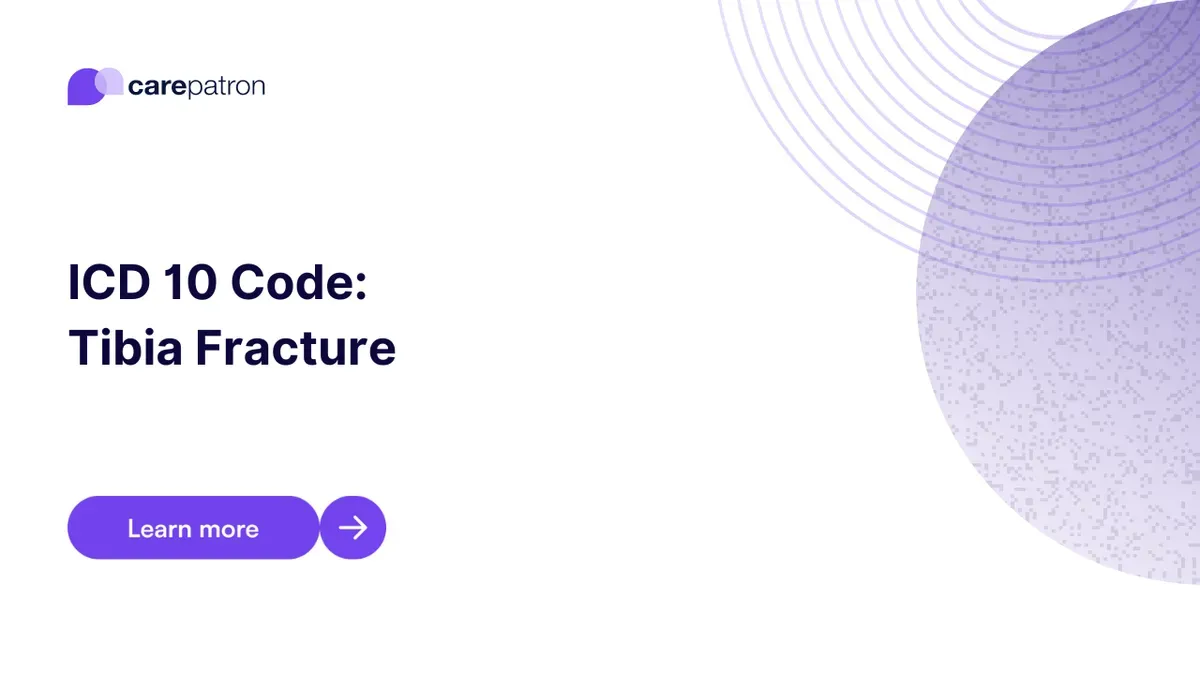
Tibia Fracture ICD-10-CM Codes
Read this short guide and learn about tibia fracture ICD codes you can use. Learn billing and clinical information.
Use Code
Commonly asked questions
Yes, but we don’t recommend using them because they are invalid.
Imaging tests like X-rays, MRIs, and CT scans should be able to confirm the fracture.
It’s likely that surgery will be required. Surgery will be the best bet to realign and correct the tibia. It’ll also need to be immobilized so it can heal.
EHR and practice management software
Get started for free
*No credit card required
Free
$0/usd
Unlimited clients
Telehealth
1GB of storage
Client portal text
Automated billing and online payments
